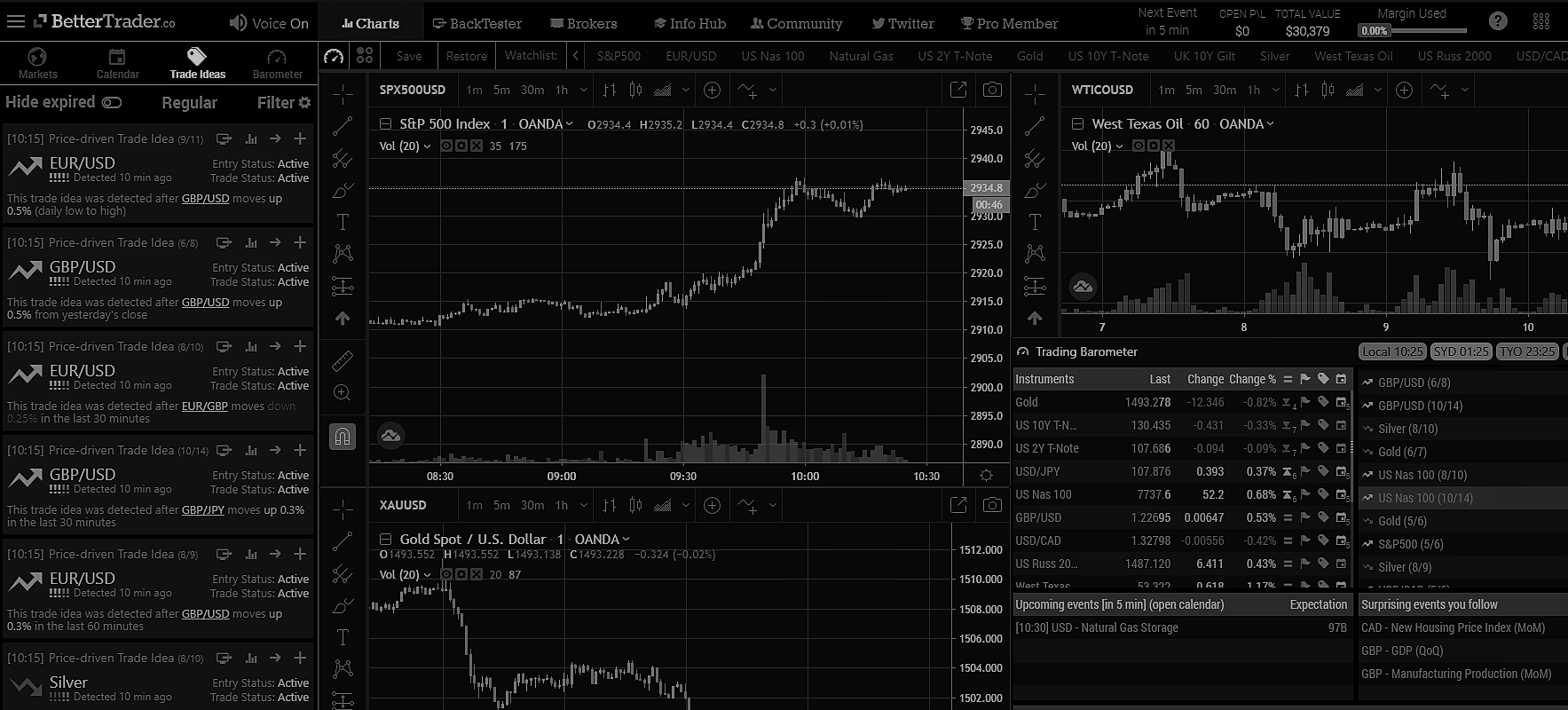What is Margin?
Margin is borrowed money from a brokerage firm to fund the investments of an individual trader. It is seen as the capital provided by the broker that exceeds the value of the securities owned by the individual. Margin essentially acts as leverage for investors and traders, allowing them to purchase a larger amount of securities, which would not be possible with smaller portfolios. When one buys a security with margin, they are only financing a portion of the investment with their own capital and utilizing the margin provided to fund the rest. Margin is better when utilized for trading strategies that involve sure, regular price movements within the markets, and not for large swings. Using margin to trade volatility could easily magnify the loss created, and collapse one’s account.
Who Would Use Margin?
Investors and traders who wish to amplify their returns through leverage would be interested in utilizing margin. While margin expands the size of portfolios to return more capital through investments, it also increases risk. Because of this excess risk associated with margin, individuals new to trading, or speculators should not operate with margin. If one loses their margin investment, they will be in debt to the lender, in which they will face ‘margin calls’ from lenders asking investors to return their capital. For this reason, the margin is most suitable for professional traders.
How to Trade With Margin?
In order to open a margin account, the broker must get consent from the investor. An initial investment of at least $2,000 is typically required for margin accounts, but some brokers may request more as collateral. Investors using margin can keep the margin loan as long as they wish, however, they often have to pay interest on the loans offered. Once the investors sell the asset purchased with margin, they must use the proceeds to repay the creditors. If one does not maintain the required funds in the account, they may receive margin calls requesting more money to be deposited in the accounts. If the investor is unable to deposit more, the broker can close the positions of the investor, even without their permission.
Intro to Trading Futures With Margin
Margin is essential for trading financial instruments backed by assets, and futures are a perfect example of this. Futures margin is the down payment needed to control the futures contract. These margin rates are set by the exchanges they are traded in, where different brokers request different amounts of deposits to reduce their exposure and risk. Margin rates rise when the volatility of the futures market is drastic.
Margin rates for futures contracts typically range between 5% (1:20 leverage) and 15% (~1:6.6 leverage), where the rates for futures are much lower than most asset classes. So, if one wants to buy a contract for a certain commodity, for example, they would only need to put up a small amount in comparison to the value of the contract.
How to Calculate Futures Margins
The exchanges that the futures are traded to calculate the margins needed to trade the products. They use a SPAN to calculate the necessary maintenance needed to possess futures contracts.
SPAN is a systematically calculated basis of the margin needed to trade futures based on complex algorithms using inputs such as interest rates, strike prices, prices of underlying securities, and more. Investors brokerage accounts will keep in contact with investors to make sure they maintain the covenants especially during times of large volatility swings.
Why Margin is Needed
Margin is essential for operating within the futures markets, by allowing the exchange facilitating the transactions to be buyers and sellers of securities. With margin, the exchange becomes a buyer for investors selling futures, and a seller for investors wishing to buy futures. This ensures that the market is efficient.
Overall, the margin is a great way for experienced traders to amplify their returns by utilizing leverage to trade relatively sure situations and should be adopted to maximize profit.
Next article: De-risk your trading strategy using in the futures market using spreads














